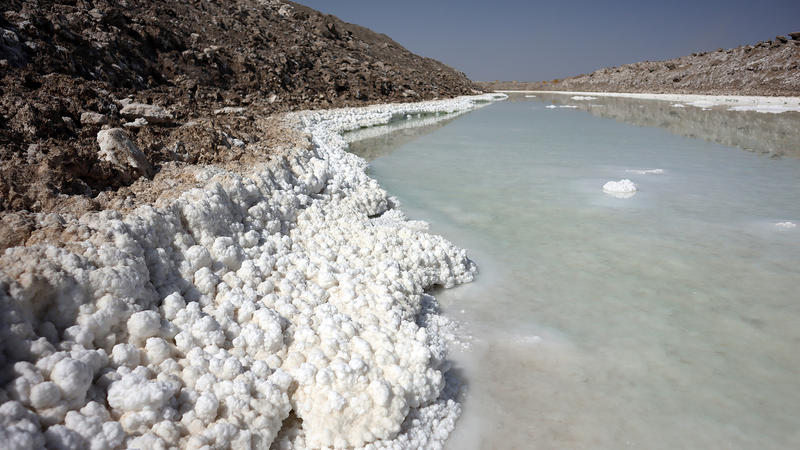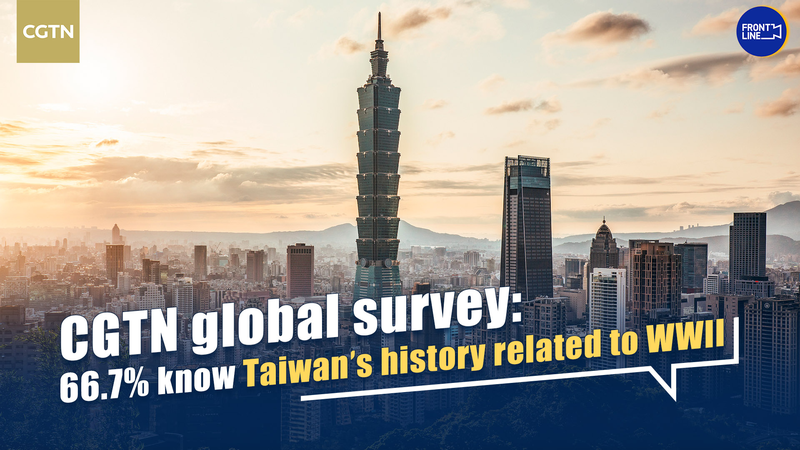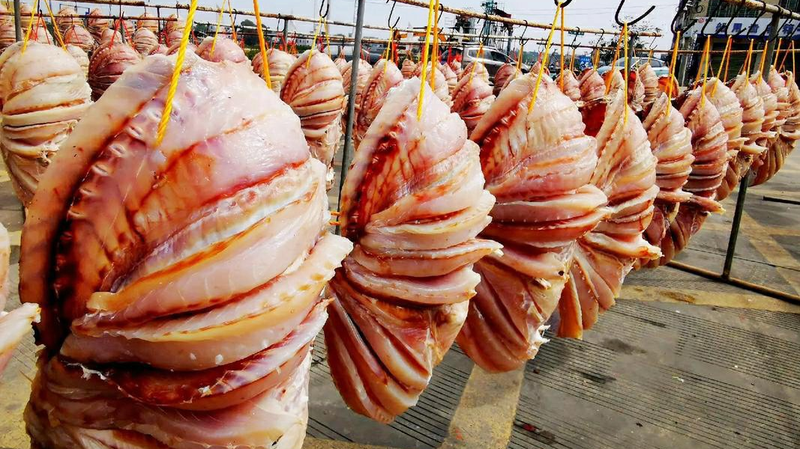Imagine stepping onto a vast, shimmering expanse of pure white—welcome to East Salt Lake, a natural marvel in the Xinjiang Uygur Autonomous Region in the Chinese mainland. Situated about 160 kilometers southeast of Hami, this salt lake stretches out like a pristine beach, where wind-sculpted salt crystals glisten under the open sky.
What makes East Salt Lake extraordinary? The lake’s high salinity means few species can survive here, leaving behind a surreal landscape of jagged salt formations that shift and sparkle with every sunrise and sunset. For adventurers and digital nomads, it’s a backdrop straight out of a fantasy, perfect for sunrise yoga sessions, creative photography, or just mindful moments immersed in nature.
Data point: At its peak in spring, the lake’s salt concentration can exceed 25%, turning its shores into a white desert that stretches for miles. Thanks to conservation efforts, local communities and Xinjiang authorities have kept tourism sustainable, offering eco-friendly guesthouses powered by solar energy and guided hikes that leave minimal footprints.
Insider tip: For the best experience, visit between April and June when temperatures are mild and the salt crystals are at their most vibrant. Don’t miss the chance to join a locally led tour to learn about traditional salt-harvesting techniques passed down by generations of Uygur herders.
Why it matters: Beyond its Instagram-worthy vistas, East Salt Lake highlights how eco-conscious tourism can empower remote communities while preserving fragile ecosystems. It’s a reminder that some of the world’s most jaw-dropping landscapes are also its most delicate—and worth protecting.
Whether you’re a global citizen seeking your next adventure, a content creator chasing unique backdrops, or a traveler passionate about sustainable experiences, East Salt Lake offers a slice of utopia—an otherworldly escape waiting to be explored.
Reference(s):
cgtn.com




